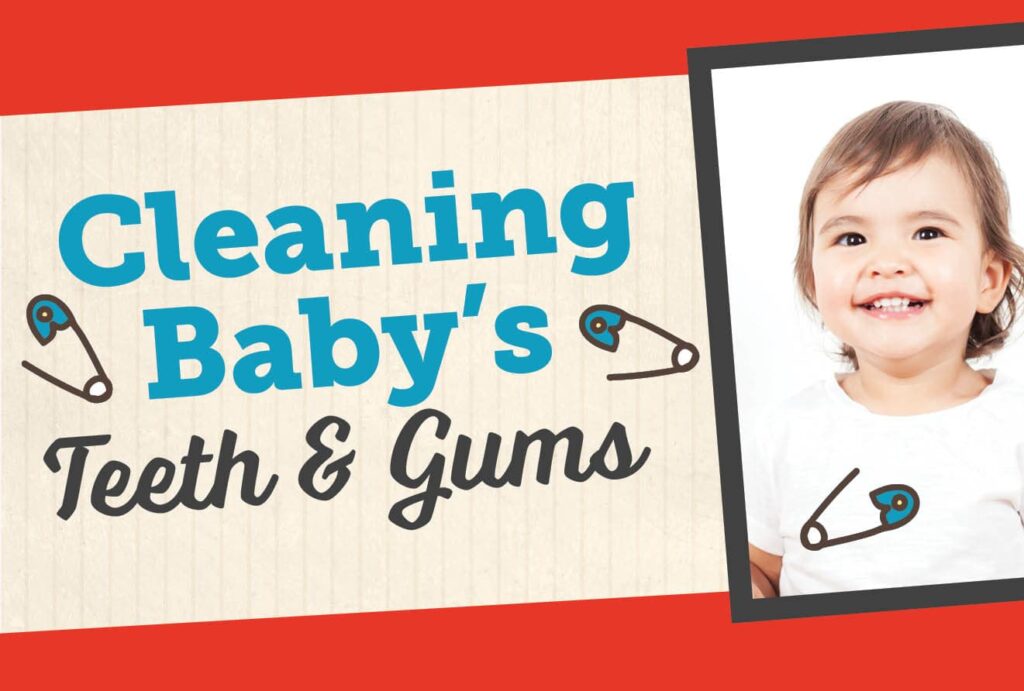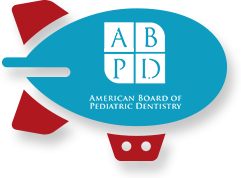
The average American consumes 22 grams of sugar per day, which is double the recommended daily amount. All of that sugar does considerable damage to tooth enamel and can lead to cavities and other oral issues. Some of the beverages we consume are surprisingly high in sugar. Below are some of the best – and worst – drinks for your teeth.
Drinks that Help Your Teeth
Water
Water – especially water with fluoride – helps strengthen and clean teeth. With every sip, water cleans your teeth by ridding them of any leftover foods or acids. It also washes away bacteria and sugars that can eventually lead to cavities. Water has zero calories, and helps restore the Ph balance in your mouth to fight unhealthy levels of acid.
Milk
Milk and other dairy products are rich in calcium, which strengthens bones and teeth. Milk also contains a protein called casein – a substance that helps fight tooth decay by strengthening tooth enamel. The calcium and phosphorous in milk also strengthen and repair tooth enamel that has dissolved due to acid.
Low Sugar Vegetable Juice
Vegetables are some of the healthiest foods you could possibly eat, so it makes sense then that vegetable juice would improve your oral health. When buying – or making – vegetable juice, make sure that you limit the percentage of fruit in the juice, since fruits are high in sugar. Typically, dark green vegetable juices are better for your teeth. Juice that has kale, or spinach contain healthy B vitamins that can help fight against gum disease. Leafy greens are also high in calcium, which boosts your enamel health.
If you want your vegetable juice to be a bit sweeter, look for juices containing small amounts of apple or carrots, as they are sweet and healthy in moderation.
Drinks that Hurt Your Teeth
Fruit Juices
Fruit juices are often chosen as an alternative to sugary sodas, but did you know that some juices have as much sugar as the leading colas? Apple juice has as much as 10 tsp. of sugar per serving, which is the exact amount as the leading brand cola. The sugar and citric acids in fruit juice can lead to tooth decay. If you must drink juice, you can lower the sugar by cutting it with water. Alternatively, you can look for low sugar juice options as well.
Sports Drinks
Sports drinks can also contain more sugar than leading cola beverages, with as much as 19 grams of sugar per serving. Additionally, sports drinks contain an unhealthy amount of sodium (salt) which can be as much as a bag of potato chips per bottle. Sports drinks can eat away at tooth enamel, and can contain very unhealthy amounts of calories.
Colas
The gold standard of “terrible for teeth” are soft drinks. Sodas are awful for teeth because they are high in two of the worst things for teeth: sugar and acid. There are some sodas that contain more than the total recommended amount of daily sugar in one 20 oz. bottle! The high sugar and acid content can eat away the enamel that protects your teeth, and can lead to cavities. Consuming too much soda can cause irreparable harm to your body in the form of diabetes and other diseases. Your best bet is to stay away from sodas all together to avoid exposing your teeth to unhealthy levels of sugar and acid.
How to Help Reduce Negative Effects
If your child does drink sugary beverages, then they can help curb some of the negative effects by swishing water around in their mouth once they’re finished. Additionally, they should brush their teeth twice per day for two minutes at a time and floss once per day to remove debris between their teeth.
Visit Our Office
If you are worried that your child is drinking too much soda, or if they are beginning to complain of sensitive teeth that may be related to consuming too many sugary drinks, then visit our office. We will evaluate your child’s smile and determine a treatment plan that’s best.







